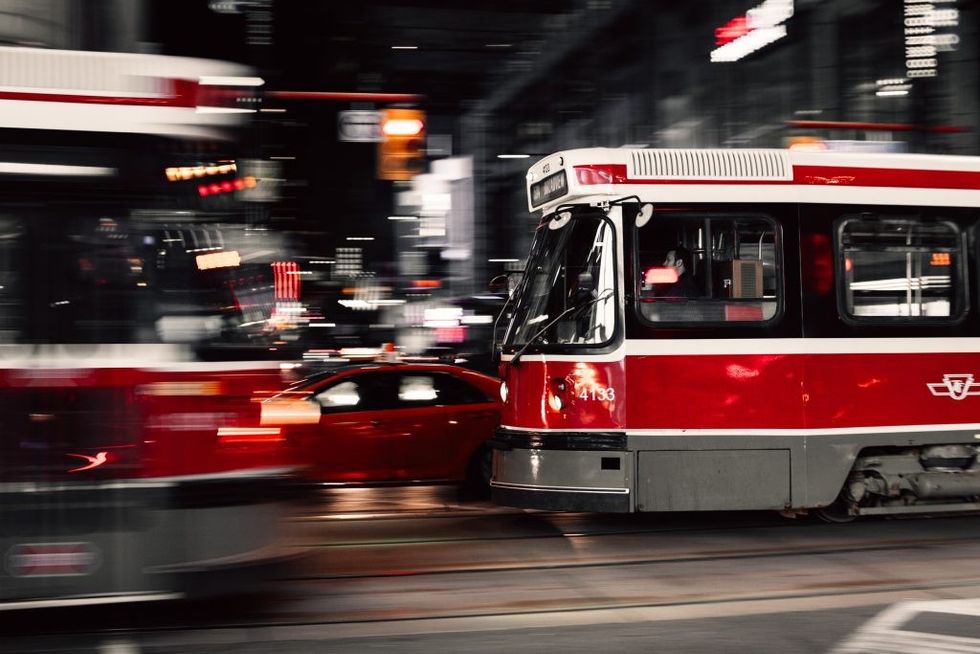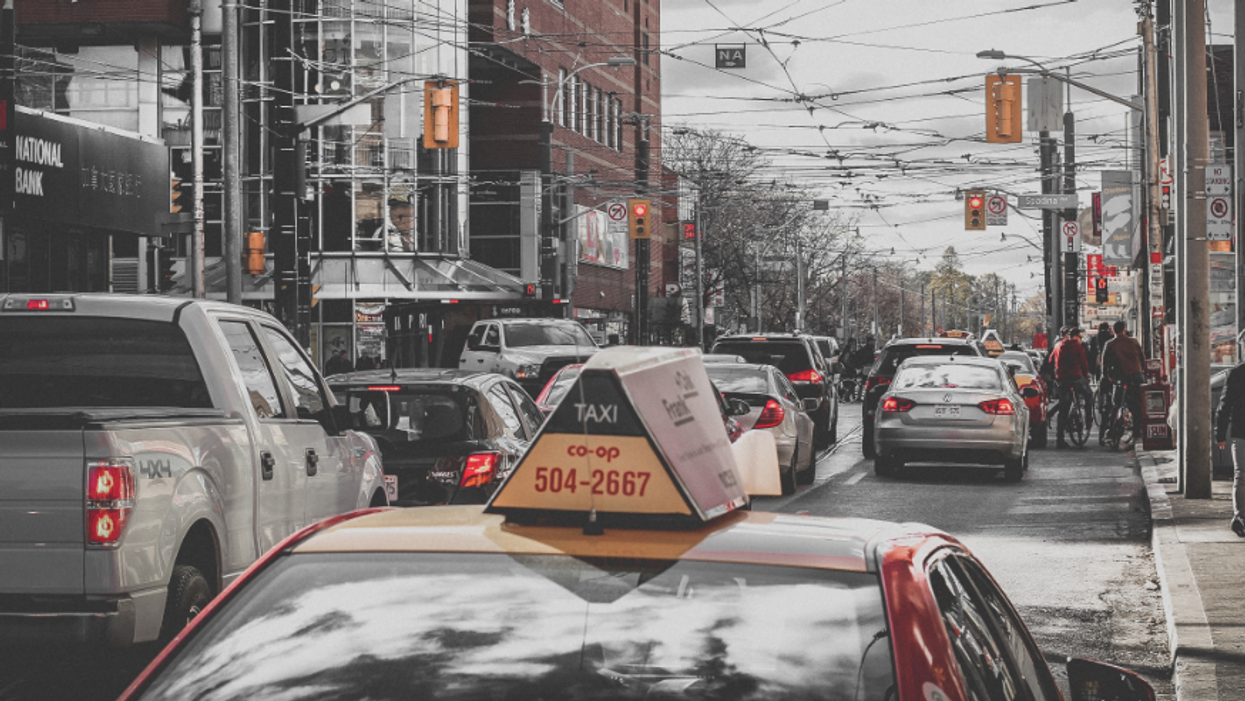Like Queen Street in Toronto, the road to hell is not only paved with good intentions it’s lined with illegally parked cars.
Mayor John Tory has had enough and he isn’t going to take it anymore. Last week, His Worship launched the latest in an endless series of traffic blitzes to stop drivers from parking on Queen during rush hour while they tend to some errand or another.
This time around, unlawfully parked vehicles won’t be towed to a holding pen miles away but dropped off on the nearest side street where an empty – and legal – spot is available, most likely in front of someone’s house or apartment.
READ: Toronto’s Transit Travesty
If that sounds bizarre, that’s because it is. On most residential streets there’s already fierce competition to find a place to leave the car. And dumping empty vehicles on narrow roads where people live enhances the perception that city hall’s only real concern is cars, trucks and their drivers.
The fact that this absurd and misguided scheme should be implemented at a time when drivers kill or injure hundreds of pedestrians and cyclists every year makes it worse.
And let’s not forget, parked cars don’t hurt people.
Are the mayor and his allies so tone deaf that they don’t understand that the message they’re sending is wrong, and even offensive? Just what are the city’s priorities anyway? Is traffic really more important than people?
READ: The Cost Of Having A Car In Toronto Is One We Can No Longer Afford
One can’t help but wonder whether the program is meant to improve the flow of traffic or benefit offending drivers. Though the drivers will be ticketed, they won’t have to pay a towing fee. That fee will be covered by the city, which has set aside $80,000 for the pilot project expected to last six to eight weeks.
If, as the mayor insists, the intention is to reduce congestion, he would be well advised to delve into the deeper causes of gridlock, namely, the fact that there are too many vehicles on Toronto streets.
And not only are most of the vehicles single-occupancy, more than ever they are SUVs and pick-up trucks that are dangerous and take up ridiculous amounts of space. Even worse, the narrow streets that connect with Queen were generally laid out in the 1800s and not designed for these four-wheeled behemoths.
Sadly, the TTC -- the obvious alternative – is no longer the better way. Chronically underfunded, poorly run and subject to endless political interference, the TTC hasn’t kept up with demand.

If service were even fractionally more reliable, comfortable and convenient, Torontonians would ditch their cars in a heartbeat. As it is, transit riders are punished daily with faulty equipment, sardine-can subways, crowded streetcars and buses that take an age to arrive.
Clearly, the prevailing attitude in corridors of power is that public transit belongs to the poor, those who can’t afford a car. The assumption is that these unfortunates will eventually scrape up enough cash to buy a vehicle, their passport to full citizenship in civic society.
In other words, dependence on the TTC is temporary. Traditional transit users, students and seniors, are equally provisional.
In fact, traffic would be better served by eliminating on-street parking entirely and implementing a King Street-like system that prioritizes the Queen streetcar. Neither is going to happen anytime soon.
READ: Toronto’s TTC Streetcar System Was A Lot Bigger In 1932 Than In 2018
And, let’s not forget bicycles. By resisting bike lanes, the city has consistently missed the point that getting Torontonians on two-wheelers means getting them out of four-wheelers. But the city’s obsessive focus on cars means it has failed to grasp the bike’s potential to alleviate gridlock, especially on a street such as Queen, where things are close and densities high.
What Official Toronto has never figured out is that the issue isn’t simply transit, it’s mobility. By favouring cars over other forms of transportation, civic leaders have painted the city into a corner from which it will be hard to escape. Its failure to deal with our collective automobile dependence leaves the city stuck in the past, a past much of the world is trying desperately to leave behind.
READ: When The Future Came To Toronto: Welcome To The Year 2037
As John Tory travels to Copenhagen this week to attend a C40 World Mayors Summit, he will hear from cities around the world engaged in an effort to transform the infrastructure and civic culture in advance of what lies ahead. We can only hope that the mayor will return home all fired up and immediately set about applying the lessons learned.
It would be good to have leadership again in Toronto.





















